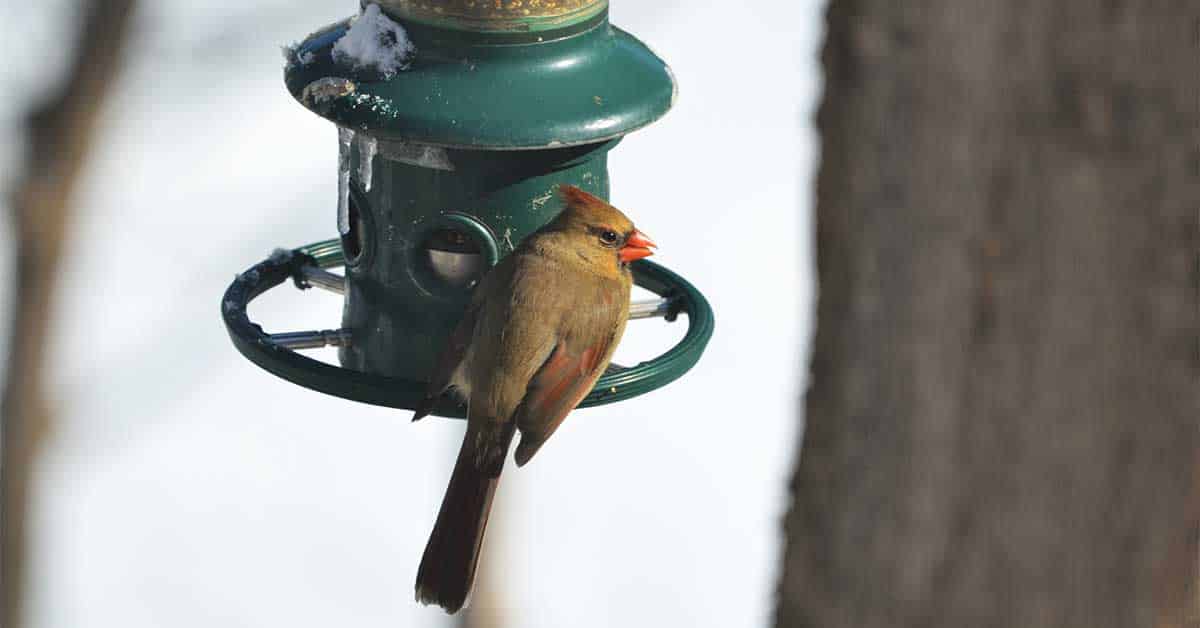Linwood residents with birdfeeders are being asked to make sure they are full on December 29 for the annual Christmas bird count run by the National Audubon Society.
The changing climate may be leading to shifts in migration, a trend that can be quantified by such counts, notes John Pries, a St. Jacobs resident and bird counter.
“One of the reasons to do it is to look at the changing species population over time. And sometimes, because of climate change, for example, you would have birds that normally will over winter move south [now] moving further north because the weather is more suitable for them. So we can begin to look at patterns of populations that are changing because then we actually count the number of birds we see as well. Not just the number of species,” he explained.
Every year since 1900, counters for Audubon have counted birds in different areas , usually in a 20-kilometre radius. Counters try to follow the same routes around the same times each year to ensure accuracy, Pries said.
“What we’re doing is getting a snapshot. It’s not necessarily representative of all of southern Ontario, but it’s representative of a particular area within southern Ontario. To see those changes in population, and changes in diversity of the different species is a really good indicator of what’s happening in general in the area,” he explained.
Full feeders will also help ensure the count is accurate, Pries said.
“It gives us a really good opportunity to get a bunch of birds that regularly come to the feeder. I regularly see nuthatches and juncos and chickadees and four different species of woodpeckers – and a lot of different birds that may just be passing through.”
North America is home to several hundred species of birds, Pries explained.
“From the Mexican border, to basically the Arctic Circle, we have somewhere in the order of over 760 species of birds that are residents.”
Pries, who is the owner of the RiverSong banquet hall, said the site is ideal for bird counting.
“We have 154 species of birds just on this five-acre property. If you had asked me when we moved in here how many different species of birds I might see here over the course of the past 15 years that we’ve been here, I probably would have said maybe 40 or 50. For me, that would have been reasonable. We have so much diversity here that you’ll see a whole range of different kinds of birds here,” he explained.
The count is important for people that are not average birdwatchers, Pries added.
“There’s a lot of people that see birds as birds. So there’s no distinction, maybe this is the red colour of the cardinal, the blue of the blue jay and the brown is a sparrow and that’s the extent to which they know birds. When they get out with a pair of binoculars and look at these birds and [they’ll] see how diverse they are, and how different they are in terms of their habits and the different types of foods they eat and all the rest of that,” he stated.
“The other thing is just to be aware of the environment around them to understand that with development, for example, we’re paving over fields that used to provide seeds for birds through the winter and berries and shelter and all these other things.”









